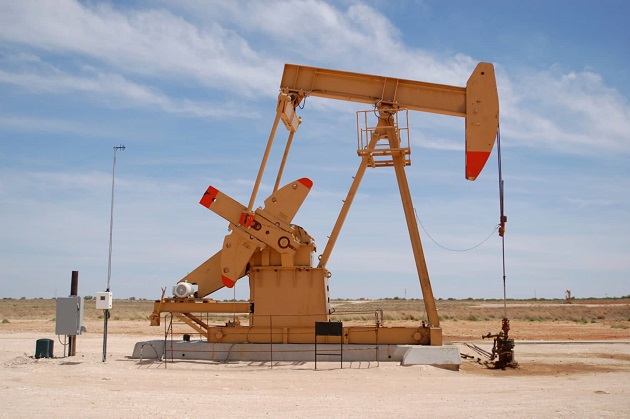The owners, often smaller businesses that have acquired the wells from major producers at a discount when oil and gas output declines, might pay anywhere from $70,000 to $500,000 to safely cap them. The process involves filling the underground pipes with cement to seal off the oil and gas sources and then cutting the top part of the casing. However, the cost rises exponentially if engineers must clean up and remediate contaminated soil.
Sustainable power created by solar panels and windmills placed near the idle wells would be converted into high-pressure air by a compressor, Ershaghi said. The air would travel through pipes to subsurface saline aquifers, or shallow wet sands, between 1,000 and 8,000 feet beneath the surface. These wet sands, which are prevalent in California and elsewhere, can store massive amounts of sustainable energy, he added.
The high-pressure air would remain safely underground until needed. Then “you can release it to make electricity using turbines and send the power to the grid,” Ershaghi continued. “So if you expand this throughout California and other places, you’ll have these massive, massive geological storage sites that you could be accessed when you have a blackout.”
Nationwide, the Energy Information Administration projects that oil and gas producers could idle up to 15,000 wells in California and 300,000 in the US in the coming decade. Although not all of them could be used for subsurface storage, many could be transformed. A single repurposed well could store at least 5 megawatts of energy in the thick, sandstone formations beneath the surface, while a retired oil or gas field could hold thousands of megawatts. A megawatt equals one million watts. For comparison, a typical lightbulb is 40 to100 watts.
Ershaghi, Paul and Jha have just begun their work. With the participation of a surface power generation company, EIC, they expect to have a demonstration site identified by next summer and a description paper out by fall 2021. Ershaghi and Paul, experts in subsurface engineering, geology, geophysics and the Industrial Internet of Things, are overseeing the project, while Jha manages the geological, geotechnical and subsurface modeling work. The trio also plans to collaborate with USC Viterbi computer scientists, civil and environmental and electrical engineers, among others, Ershaghi said.






